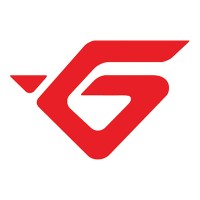
Li Auto
Li Auto Inc. is a leader in China's new energy vehicle market. The Company designs, develops, manufactures, and sells premium smart electric vehicles. Its mission is: Create a Mobile Home, Create Happiness (创造移动的家,创造幸福的家). Through innovations in product, technology, and business model, the Company provides families with safe, convenient, and comfortable products and services. Li Auto is a pioneer in successfully commercializing extended-range electric vehicles in China. While firmly advancing along this technological route, it builds platforms for battery electric vehicles in parallel. The Company leverages technology to create value for users. It concentrates its in-house development efforts on proprietary range extension systems, innovative electric vehicle technologies, and smart vehicle solutions. The Company started volume production in November 2019. Its current model lineup includes Li MEGA, a high-tech flagship family MPV, Li L9, a six-seat flagship family SUV, Li L8, a six-seat premium family SUV, Li L7, a five-seat flagship family SUV, and Li L6, a five-seat premium family SUV. The Company will continue to expand its product lineup to target a broader user base.






